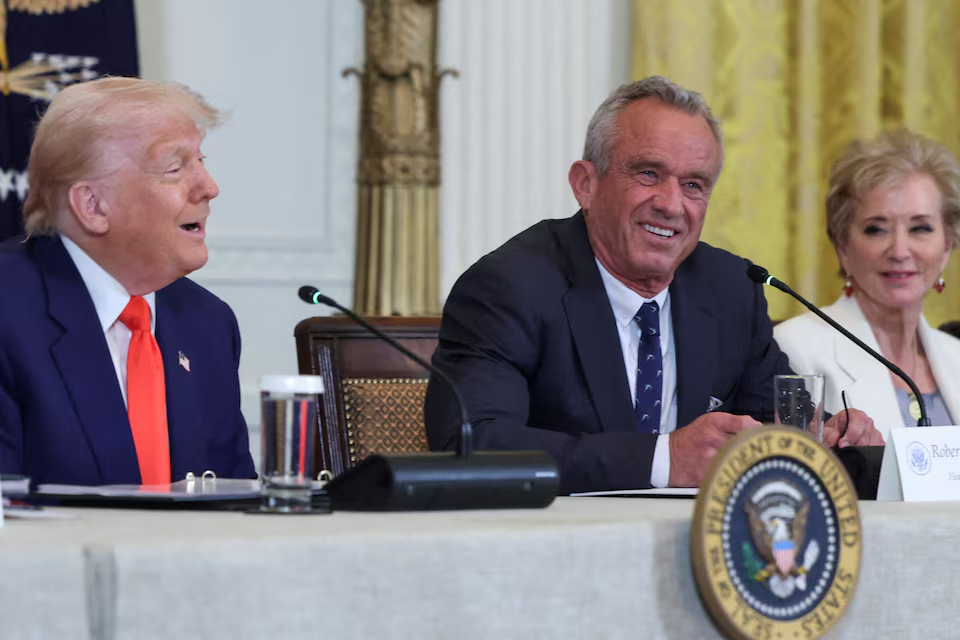Trump’s New Tariffs Push U.S. Import Duties to Century‑High Levels and Ignite Global Pushback
- Aug 7
- 1 min read
7 August 2025

On August 7, 2025, sweeping U.S. tariffs ranging from 10% to 50% officially came into force, significantly raising the average duty rate on imports and marking the highest level set by an American administration in more than a century. Trading heavyweights such as Brazil and India face the steepest levies, with tariffs climbing as high as 50%, prompting alarm among exporters and governments alike.
While several countries including the EU, Japan, and South Korea secured lower 15% rates through diplomatic negotiation, others were left to absorb the full weight of the tariffs. Switzerland, for example, missed last-minute reprieve efforts and now contends with a heavy 39% levy on exports such as watches, chocolates, and machinery.
Meanwhile, India’s additional 25% surcharge due to its ongoing purchases of Russian oil compounds existing obstacles, while Brazil’s steep rates escalate bilateral tensions.
The tariff hike has triggered concern over potential U.S. consumer price inflation and widespread supply chain disruption. Treasury Secretary Scott Bessent remains optimistic, suggesting revenues could hit $300 billion annually, though critics warn of long-term economic pain ahead.
Global responses are already being mobilized. Switzerland has planned continued trade talks aimed at acquiescing damage to its export-reliant economy. Brazil, India, and others are signaling defiance, with leaders warning that Trump’s approach could inadvertently bolster alternative trade alliances such as the BRICS, fostering deeper multilateral solidarity against U.S. trade pressure.
Still, some analysts question the long-term economic wisdom of this strategy, noting that while the U.S. may appear to orchestrate geopolitical victories, the economic damage higher costs for end consumers and disrupted global trade may outweigh those short-term gains.



Comments